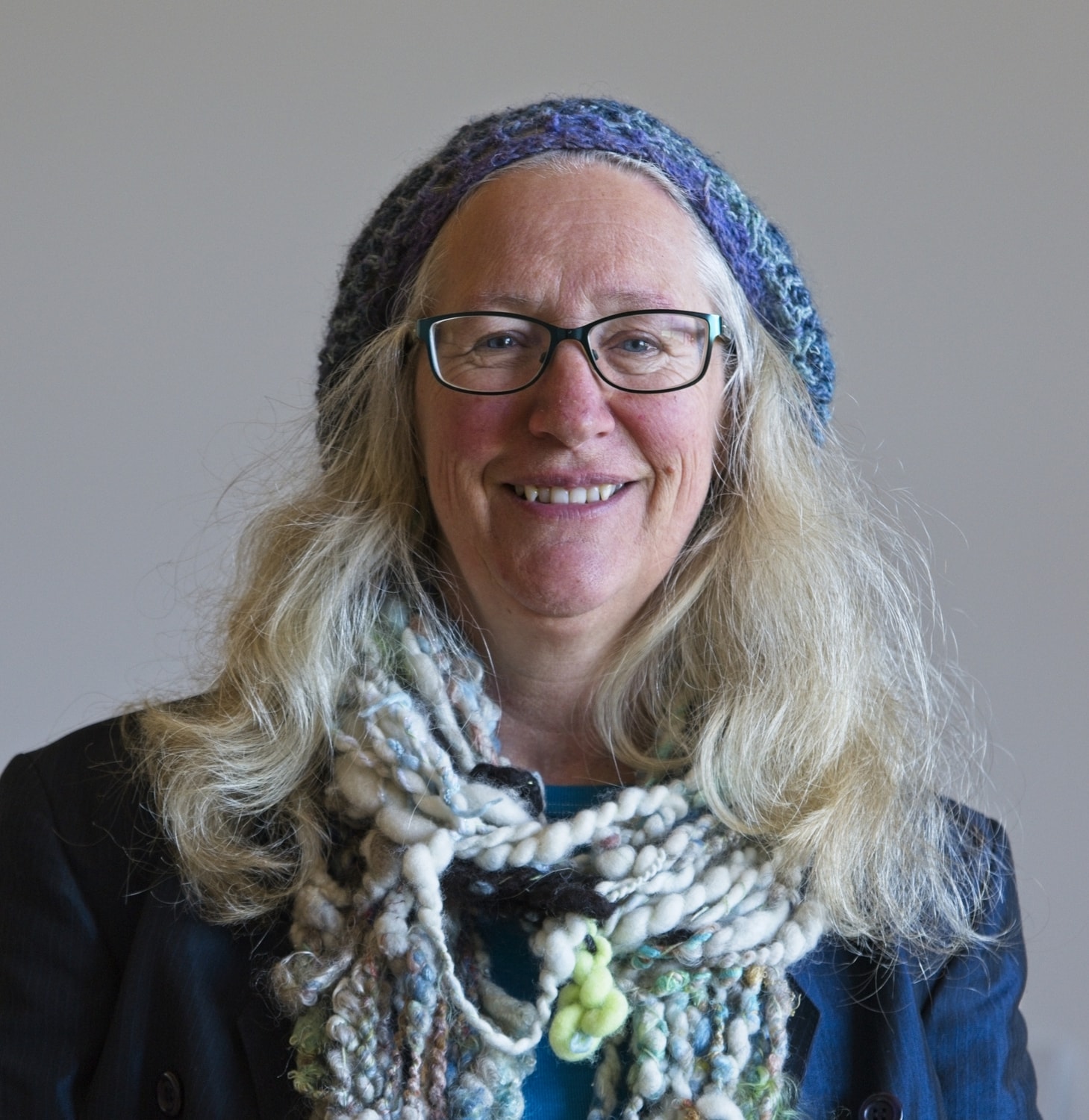“1.5 degrees is on life support. We need to bring it out of critical care into recovery, getting stronger month by month, year by year.”
Tamsin Edwards, IPCC climate scientist
Psychologist, Per Espen Stoknes identifies ways to lean into living together with climate change in a way that addresses fatigue and that enhances caring for the earth in ways that are personable, do-able and empowering.
The 5 actions that work
- Social – actions that enhance connection, friendship, solidarity.
- Simple – actions that are achievable within everyday living.
- Supportive – seeing the opportunity, the benefits eg in health, lifestyle.
- Stories – imagining and storying into how we want to be and where we want to go.
- Signals – sharing the small wins and progress that we are making.
So far this year for our Kindlehill community:
- Mondays – change your mode of transport (more kids on the train)
- Just Dance (and Clothing Swap)
- Soft plastic waste collection – Class 5 -6
- Repair workshop with Derek
- Slow Fashion market at the Fair/Open Day
And coming up:
- Family film night
- Permie blitz
Within the curriculum, there are so many ways we work with children and young people with a care for earth, care for people lens that is not burdensome but strengthening and empowering. Bringing the lens of learning and living together with climate change really can be done within a School in ways that educate in the sense of the root word for edu, which means to heal.


Originally a high school teacher in the public system, Lynn has also taught at TAFE and in community settings. In the Steiner context, she has previously been a kindergarten and primary school teacher. In addition to her roles as Chair and Principal, Lynn is High School Co-Ordinator, teaches Geography and History, and co-ordinates the Outdoor Education Programme. Lynn has a B. Arts (UWA) and a Dip. Ed. (WA Secondary Teachers College).

